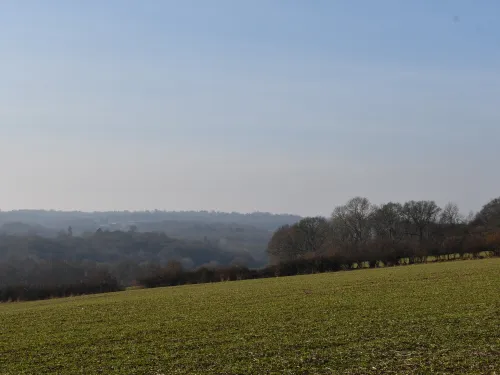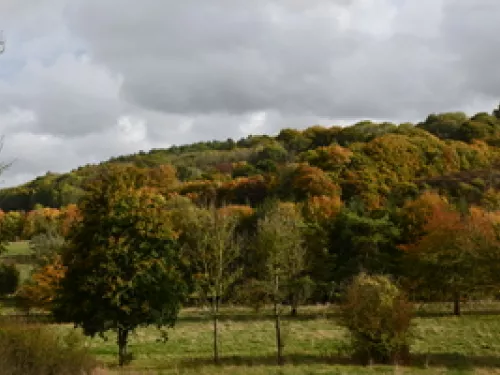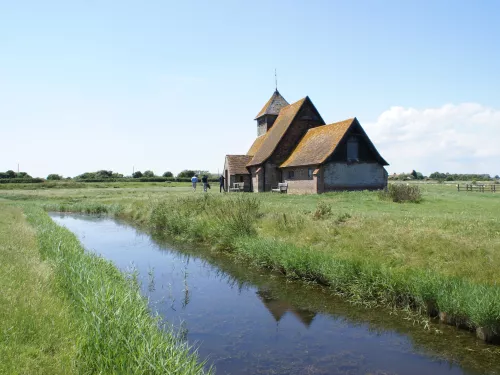
United we stand: Why nature and farming need each other
Our Hoathly Farm Appeal, which aims to purchase Grade III arable land and transform it into a wildlife haven, has sparked lively debate. Some fear that wilding will harm food security, but in truth, it can enhance and support farming.


